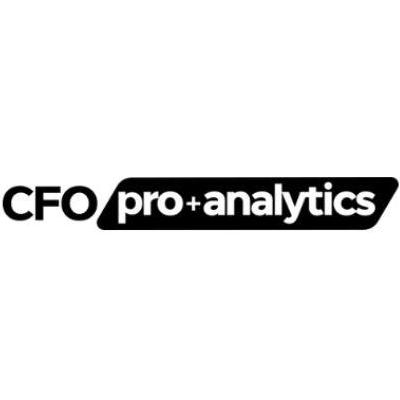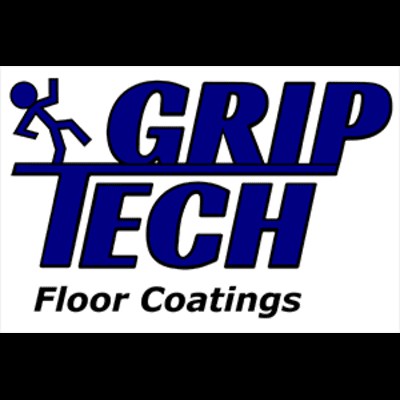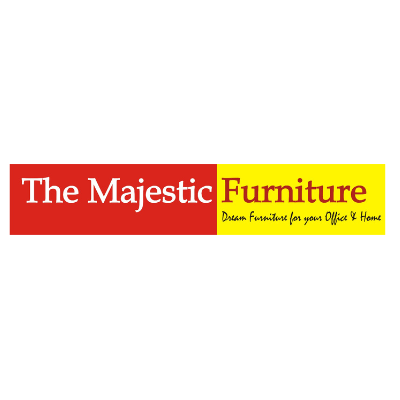Early Diagnosis of Zellweger Spectrum Disorder Improves Supportive Care and Family Counseling
Zellweger Spectrum Disorder (ZSD) is a rare and severe genetic condition encompassing a range of peroxisome biogenesis disorders, with a spectrum of severity that can significantly impact newborns, infants, and, in rarer cases, older individuals. Characterized by a deficiency in functional peroxisomes – essential cellular organelles involved in numerous metabolic processes – ZSD often leads to profound neurological, hepatic, and renal dysfunction, as well as skeletal abnormalities and vision and hearing impairments. Given the complex and often rapidly progressive nature of ZSD, early and accurate diagnosis is paramount. Timely identification not only allows for the prompt initiation of crucial supportive care measures but also provides families with the necessary information and resources for informed decision-making and comprehensive counseling.
https://www.marketresearchfuture.com/reports/zellweger-spectrum-disorder-market-39821
The clinical presentation of ZSD can vary widely depending on the specific genetic mutation and the degree of peroxisomal dysfunction. The most severe form, Zellweger syndrome, typically presents in newborns with significant hypotonia (low muscle tone), feeding difficulties, seizures, and characteristic facial features. Infantile Refsum disease and neonatal adrenoleukodystrophy represent milder points on the spectrum, with later onset and slower progression of symptoms. Recognizing the subtle yet significant early signs of ZSD is crucial for initiating the diagnostic process without delay. These signs can include poor feeding, lethargy, jaundice, and developmental delays.
Advanced diagnostic techniques, including biochemical testing of blood and urine to detect elevated very-long-chain fatty acids (VLCFAs) and phytanic acid, along with genetic testing to identify mutations in the PEX genes responsible for peroxisome biogenesis, play a pivotal role in confirming a ZSD diagnosis. The earlier these tests are conducted and the diagnosis is established, the sooner a multidisciplinary team of specialists can be assembled to address the complex needs of the affected individual. This team often includes neurologists, hepatologists, nephrologists, ophthalmologists, audiologists, geneticists, and developmental pediatricians.
Prompt initiation of supportive care is critical for maximizing comfort and quality of life for individuals with ZSD. This may involve nutritional support through specialized formulas or feeding tubes to address feeding difficulties and promote growth. Management of seizures with appropriate anti-epileptic medications is often necessary. Addressing liver dysfunction through dietary modifications and, in some cases, specific medications like cholic acid, can help mitigate complications. Regular monitoring of vision and hearing, along with appropriate interventions such as glasses or hearing aids, can optimize sensory function. Physical and occupational therapy can help manage hypotonia and developmental delays, promoting mobility and functional independence to the extent possible.
Beyond the immediate medical interventions, early diagnosis of ZSD has a profound impact on the affected families. Receiving a diagnosis of such a severe and life-limiting condition can be devastating. Timely access to genetic counseling is essential to help families understand the inheritance pattern of ZSD, the risk of recurrence in future pregnancies, and the range of potential outcomes. Counselors can provide emotional support, help families navigate the complex medical information, and connect them with valuable resources and support networks.
Furthermore, early diagnosis allows families more time to process the information, make informed decisions about the level and type of medical care they wish to pursue, and plan for the future. It provides an opportunity for open and honest communication within the family and with the medical team, fostering a collaborative approach to care. Connecting with other families affected by ZSD through support groups can provide invaluable emotional support, practical advice, and a sense of community.
In conclusion, early and accurate diagnosis of Zellweger Spectrum Disorder is not merely about identifying a medical condition; it is about providing timely and comprehensive support for both the affected individual and their family. Prompt initiation of multidisciplinary supportive care can help manage the complex symptoms and improve quality of life. Equally important is the access to early genetic counseling and psychosocial support, which empowers families with knowledge, resources, and emotional resilience as they navigate the challenges of living with ZSD. The ongoing efforts to improve diagnostic tools and raise awareness of the early signs of ZSD are crucial steps towards ensuring that all affected individuals and their families receive the timely and compassionate care they deserve.
Early Diagnosis of Zellweger Spectrum Disorder Improves Supportive Care and Family Counseling
Zellweger Spectrum Disorder (ZSD) is a rare and severe genetic condition encompassing a range of peroxisome biogenesis disorders, with a spectrum of severity that can significantly impact newborns, infants, and, in rarer cases, older individuals. Characterized by a deficiency in functional peroxisomes – essential cellular organelles involved in numerous metabolic processes – ZSD often leads to profound neurological, hepatic, and renal dysfunction, as well as skeletal abnormalities and vision and hearing impairments. Given the complex and often rapidly progressive nature of ZSD, early and accurate diagnosis is paramount. Timely identification not only allows for the prompt initiation of crucial supportive care measures but also provides families with the necessary information and resources for informed decision-making and comprehensive counseling.
https://www.marketresearchfuture.com/reports/zellweger-spectrum-disorder-market-39821
The clinical presentation of ZSD can vary widely depending on the specific genetic mutation and the degree of peroxisomal dysfunction. The most severe form, Zellweger syndrome, typically presents in newborns with significant hypotonia (low muscle tone), feeding difficulties, seizures, and characteristic facial features. Infantile Refsum disease and neonatal adrenoleukodystrophy represent milder points on the spectrum, with later onset and slower progression of symptoms. Recognizing the subtle yet significant early signs of ZSD is crucial for initiating the diagnostic process without delay. These signs can include poor feeding, lethargy, jaundice, and developmental delays.
Advanced diagnostic techniques, including biochemical testing of blood and urine to detect elevated very-long-chain fatty acids (VLCFAs) and phytanic acid, along with genetic testing to identify mutations in the PEX genes responsible for peroxisome biogenesis, play a pivotal role in confirming a ZSD diagnosis. The earlier these tests are conducted and the diagnosis is established, the sooner a multidisciplinary team of specialists can be assembled to address the complex needs of the affected individual. This team often includes neurologists, hepatologists, nephrologists, ophthalmologists, audiologists, geneticists, and developmental pediatricians.
Prompt initiation of supportive care is critical for maximizing comfort and quality of life for individuals with ZSD. This may involve nutritional support through specialized formulas or feeding tubes to address feeding difficulties and promote growth. Management of seizures with appropriate anti-epileptic medications is often necessary. Addressing liver dysfunction through dietary modifications and, in some cases, specific medications like cholic acid, can help mitigate complications. Regular monitoring of vision and hearing, along with appropriate interventions such as glasses or hearing aids, can optimize sensory function. Physical and occupational therapy can help manage hypotonia and developmental delays, promoting mobility and functional independence to the extent possible.
Beyond the immediate medical interventions, early diagnosis of ZSD has a profound impact on the affected families. Receiving a diagnosis of such a severe and life-limiting condition can be devastating. Timely access to genetic counseling is essential to help families understand the inheritance pattern of ZSD, the risk of recurrence in future pregnancies, and the range of potential outcomes. Counselors can provide emotional support, help families navigate the complex medical information, and connect them with valuable resources and support networks.
Furthermore, early diagnosis allows families more time to process the information, make informed decisions about the level and type of medical care they wish to pursue, and plan for the future. It provides an opportunity for open and honest communication within the family and with the medical team, fostering a collaborative approach to care. Connecting with other families affected by ZSD through support groups can provide invaluable emotional support, practical advice, and a sense of community.
In conclusion, early and accurate diagnosis of Zellweger Spectrum Disorder is not merely about identifying a medical condition; it is about providing timely and comprehensive support for both the affected individual and their family. Prompt initiation of multidisciplinary supportive care can help manage the complex symptoms and improve quality of life. Equally important is the access to early genetic counseling and psychosocial support, which empowers families with knowledge, resources, and emotional resilience as they navigate the challenges of living with ZSD. The ongoing efforts to improve diagnostic tools and raise awareness of the early signs of ZSD are crucial steps towards ensuring that all affected individuals and their families receive the timely and compassionate care they deserve.







